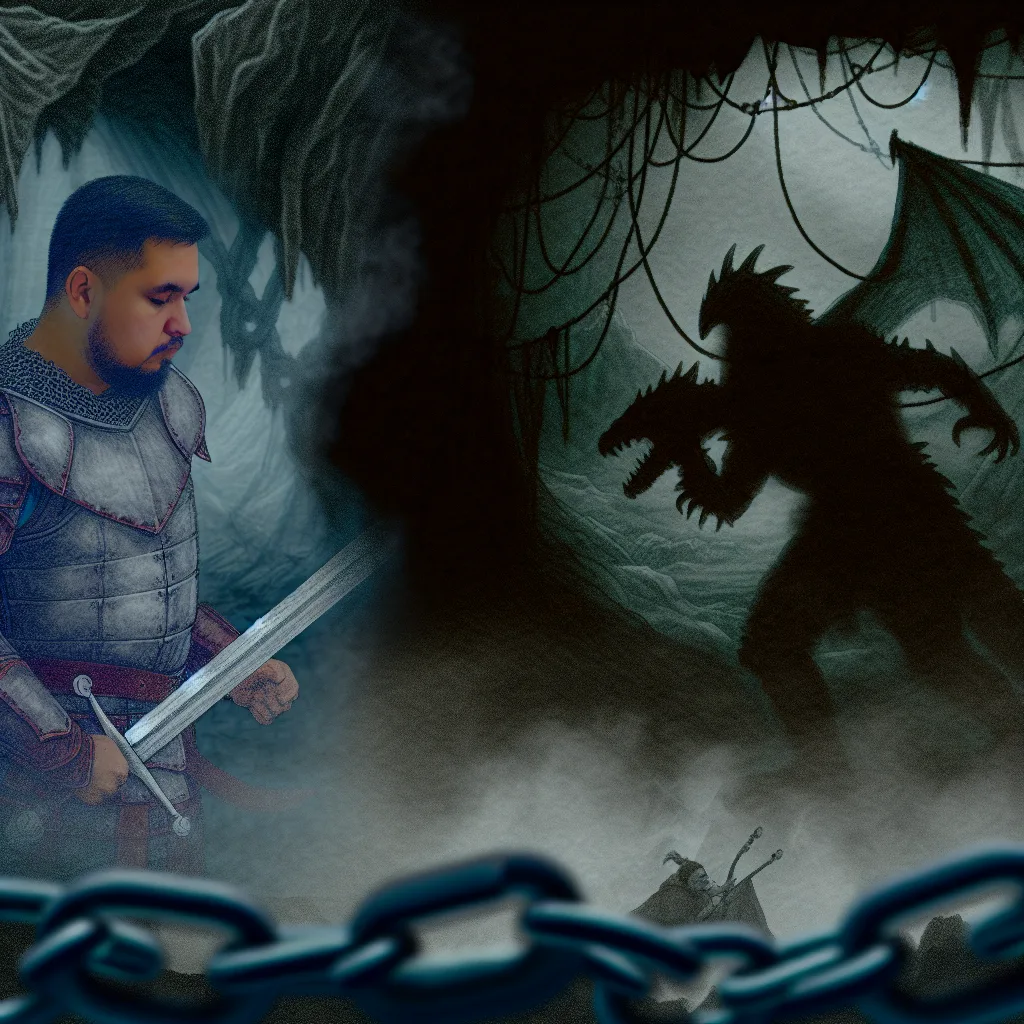Exploring the rise of AI censorship and what it means for creative freedom with AI art and stories
Let’s talk about AI censorship. If you’ve played around with AI tools, whether for creating art, generating stories, or just having fun chatting, you might have noticed something lately: the restrictions feel tighter than ever. This isn’t just your imagination. AI censorship is becoming more strict, and it’s impacting what we can and can’t do with these amazing tools.
What exactly is AI censorship? In simple terms, it’s the rules that companies put in place to filter out certain content their AI generates or responds to. Think of it like a content safety net meant to keep things “safe” and appropriate. But the problem is, what counts as “harmful” has grown to include a lot more than just illegal stuff.
Why AI Censorship Has Increased
When these AI platforms started, there was a lot more freedom to create — you could make stories with knights battling monsters, design bold art featuring intense scenes, or explore edgy themes. Fast forward to today, and many of these companies have tightened their rules to exclude anything that involves violence, gore, or even certain types of mature content.
Why? Companies are trying to avoid issues with harmful content spreading, complying with regulations, and protecting themselves from legal risks. That means even creative expressions involving medieval battles or fantasy violence often get blocked.
How AI Censorship Affects Creative Play
I tried recently to use one AI tool with a “Game World” feature — think choose-your-own-adventure games with AI-generated images. Sound fun, right? Except, you can’t really play a game where you’re a knight fighting monsters with all the graphic details. It’s deemed too “harmful,” and any attempt to push those boundaries can lead to bans.
Even conversational AIs like ChatGPT have become very cautious. Ask about specific UFC fights or how a champion won — and you might get a shut down or a vague answer. These limits dampen the experience for users who want a bit more edge or realism in their interactions.
Will AI Censorship Ever Loosen Up?
Honestly, it’s hard to see AI censorship easing anytime soon. The trend is moving toward stricter controls, not less. With every new update, the list of forbidden topics grows, not shrinks. Companies want to keep their platforms “safe” for all users, investors, and regulators.
But what does this mean for us, the users craving creative freedom? It might steer AI towards being more “sterile” and less adventurous, especially in storytelling and art. That can feel frustrating, especially for those of us who enjoy fantasy stories filled with battles, dragons, and dramatic scenes.
What Can We Do?
If you love using AI for creative projects, it helps to understand the guidelines each platform has. Explore platforms with clearer policies or those that specialize in different content areas. Also, keep up with AI news — changes happen fast, and new tools might offer fewer restrictions.
For now, AI censorship is likely here to stay and probably get even tighter. But who knows? As public dialogue around AI ethics and creativity evolves, maybe there will be room for a balance that respects both safety and creative freedom.
Want to dive deeper? Check out OpenAI’s usage policies and Runway’s AI content guidelines. It helps to know where the lines are drawn.
In the end, AI censorship might be a bit like a fence around a playground — it keeps things safe, but sometimes it feels like it’s blocking some of the fun. We’ll just have to see how the game changes moving forward.
